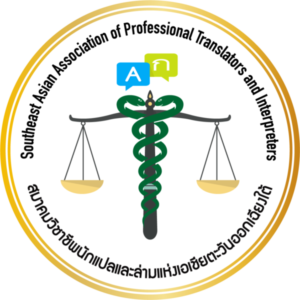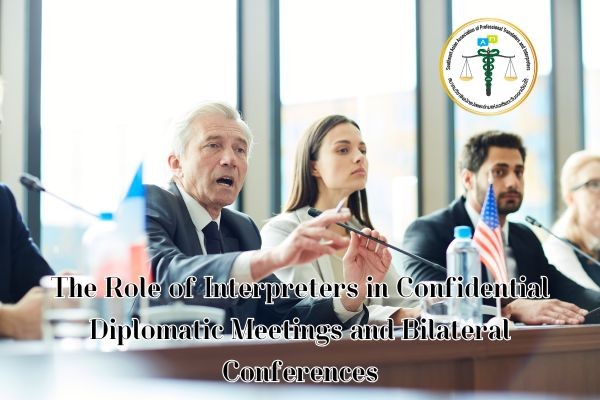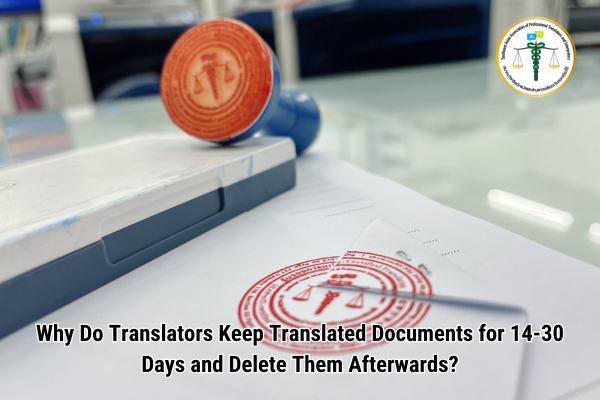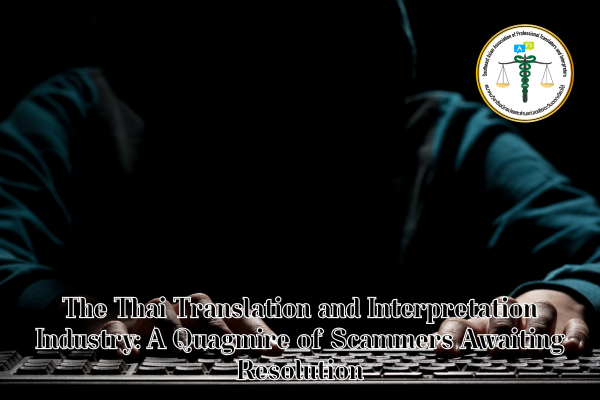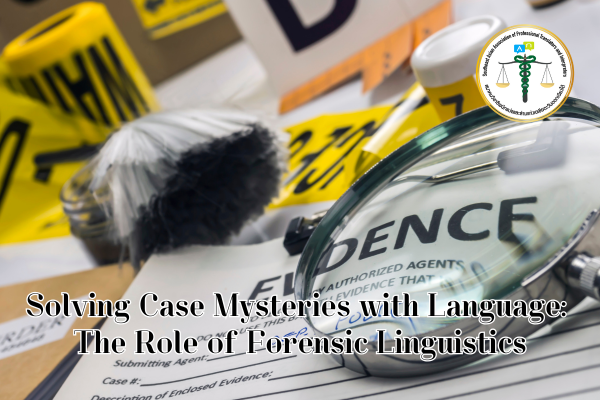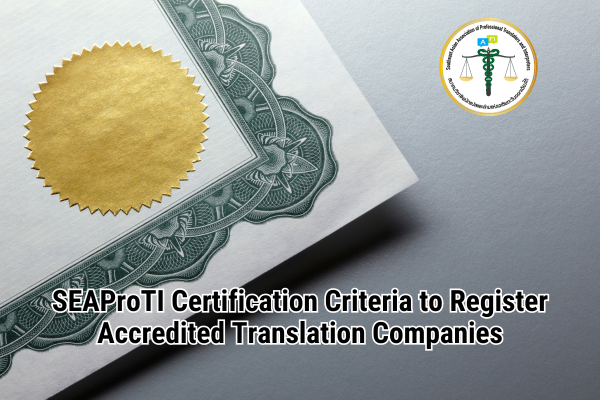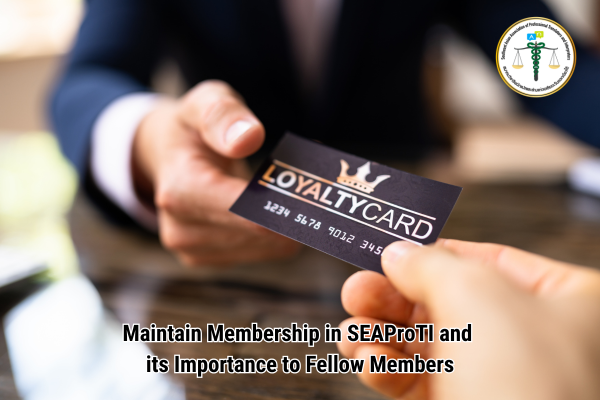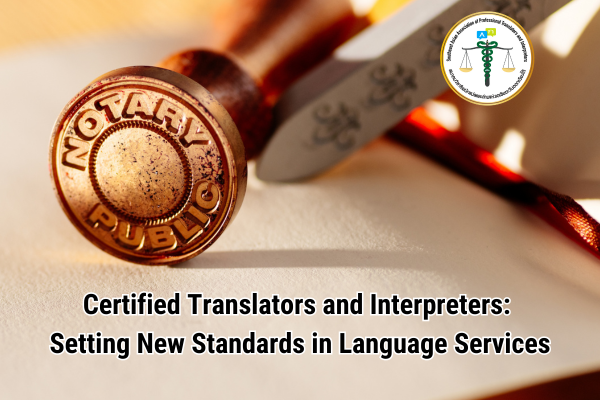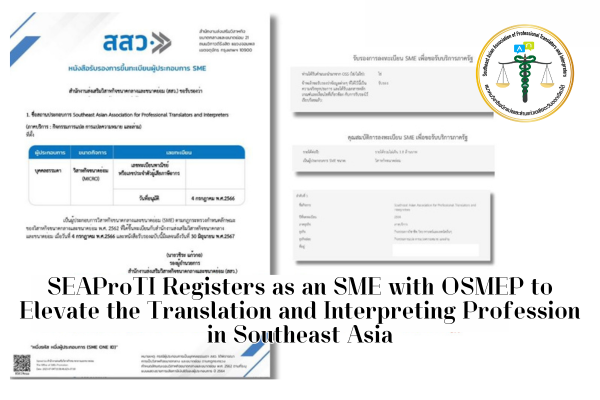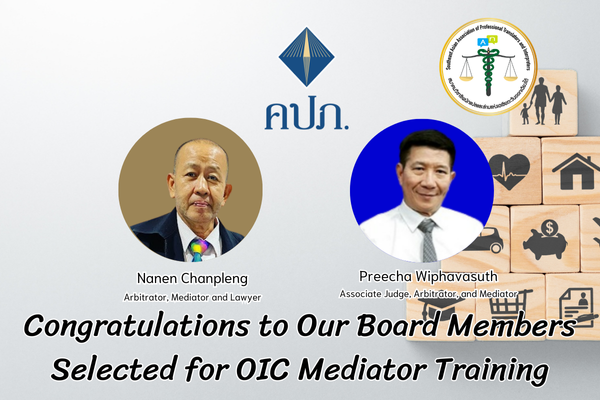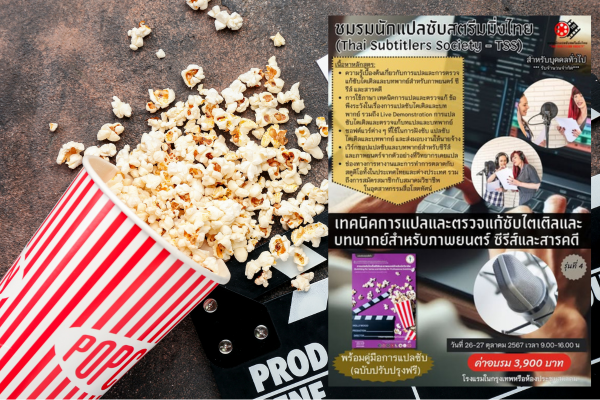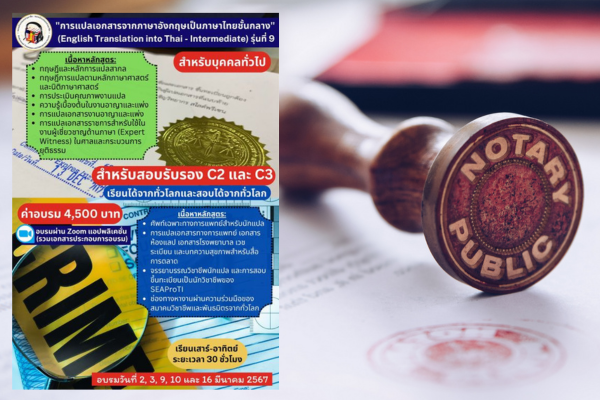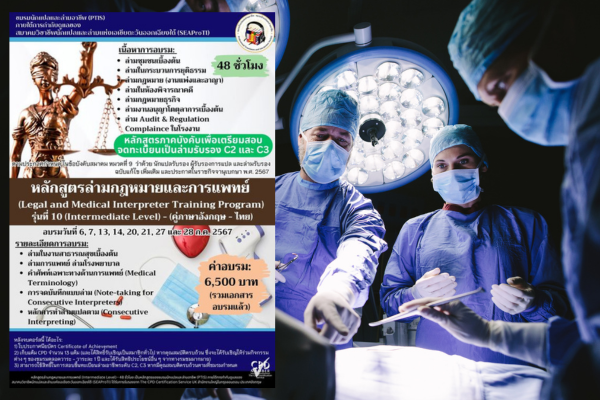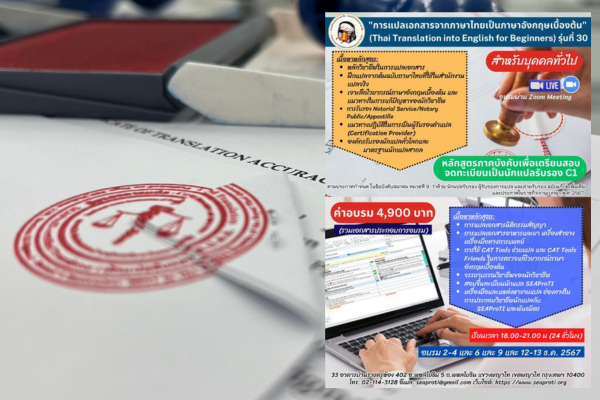The Role of Interpreters in Confidential Diplomatic Meetings and Bilateral Conferences
Research indicates that interpreters play a crucial role in diplomatic negotiations, especially in confidential meetings, by facilitating cross-linguistic communication.
Interpreting Methods
Interpreters in diplomacy tend to use both consecutive and simultaneous interpreting.
- Consecutive interpreting (CI) is commonly employed in diplomatic settings for accuracy and clarity, where interpreters speak after the speaker pauses.
- Simultaneous interpreting (SI) is used for real-time communication in large-scale events, requiring interpreters to work in pairs and switch every 20–30 minutes to avoid fatigue.
- Chuchotage (whispered interpreting) may be used for small bilateral meetings, although it is limited by environmental noise and vocal strain.
Challenges Interpreters Face
Diplomatic interpreters face significant challenges, including:
- Emotional content, such as threats or offensive language, requires neutrality and emotional intelligence.
- Cultural humor is difficult to interpret due to cultural references and language structure differences.
- Fatigue, particularly in simultaneous interpreting, can lead to burnout or even PTSD in extreme cases.
The Interpreter’s Role
Interpreters are silent yet essential actors in diplomacy. They make confidential international discussions—on sensitive topics like disarmament or water rights—possible. For instance, interpreters working for the U.S. Department of State undergo rigorous testing and training to represent government interests effectively. Historical documentation like “Two Centuries of Diplomatic Interpreting” shows the evolution of this role in multilateral settings such as the United Nations.
Required Skills
Key skills for diplomatic interpreters include:
- Note-taking (especially in consecutive mode) using symbols and abbreviations.
- Confidentiality is often enforced through NDAs and codes of ethics.
- Cultural competence enables interpreters to grasp the speaker’s intent and tailor the message appropriately in the target language.
Summary
Interpreters enable successful diplomacy by managing different interpreting techniques and navigating emotional, linguistic, and ethical complexities. As global connectivity increases, their role will only grow in importance. As highlighted in “Role of Translation and Interpretation in Diplomatic” (Translated), interpreters are indispensable bridges in global political communication.
Table: Comparison of Interpreting Modes
| Mode | Description | Best Used In | Challenges |
|---|---|---|---|
| CI | The interpreter speaks after the speaker, and uses notes for accuracy | Small diplomatic meetings | Memory load, accurate note-taking |
| SI | Real-time interpreting in booths with headsets and microphones | Large-scale conferences | Cognitive load, fatigue, managing décalage |
| Chuchotage | Whispered interpreting to 1–2 people without equipment | Small, informal settings | Vocal strain, background noise, limited audience |
SEAProTI’s certified translators, translation certification providers, and certified interpreters:
The Southeast Asian Association of Professional Translators and Interpreters (SEAProTI) has officially announced the criteria and qualifications for individuals to register as “Certified Translators,” “Translation Certification Providers,” and “Certified Interpreters” under the association’s regulations. These guidelines are detailed in Sections 9 and 10 of the Royal Thai Government Gazette, issued by the Secretariat of the Cabinet under the Office of the Prime Minister of the Kingdom of Thailand, dated July 25, 2024, Volume 141, Part 66 Ng, Page 100.
To read the full publication, visit theRoyal Thai Government Gazette
- การวิจัยชี้ว่าล่ามมีบทบาทสำคัญในการเจรจาทางการทูต โดยเฉพาะในที่ประชุมลับ ด้วยการอำนวยความสะดวกในการสื่อสารข้ามภาษา
- มีแนวโน้มว่าล่ามใช้ทั้งการล่ามแบบต่อเนื่องและแบบพร้อมกัน โดยการล่ามแบบต่อเนื่องมักใช้ในงานทูตเพื่อความแม่นยำ และแบบพร้อมกันสำหรับการแปลแบบเรียลไทม์ในงานใหญ่
- หลักฐานชี้ว่าล่ามเผชิญความท้าทาย เช่น ความเหนื่อยล้า เนื้อหาที่มีอารมณ์ และการล่ามมุกตลก ซึ่งต้องการทักษะการจดบันทึก ความสามารถทางวัฒนธรรม และการรักษาความลับ
ตาราง: เปรียบเทียบวิธีการล่าม
| วิธีการ | คำอธิบาย | กรณีที่ใช้ | ความท้าทาย |
|---|---|---|---|
| CI | แปลหลังจากผู้พูดหยุด โดยใช้บันทึกช่วยจดจำ | การประชุมขนาดเล็ก | โหลดหน่วยความจำ การจดบันทึกแม่นยำ |
| SI | แปลแบบเรียลไทม์ ใช้บูธและอุปกรณ์ | การประชุมใหญ่ | โหลดความคิด ความเหนื่อยล้า เดคาลาจ |
| Chuchotage | กระซิบแปลให้ฟังโดยตรง | กลุ่มเล็ก ไม่เกิน 3 คน | ความเหนื่อยล้าของเสียง เสียงรบกวน |
การอ้างอิงหลัก
- Interpreting – United States Department of State
- Two Centuries of Diplomatic Interpreting: From Top Hat To Short Sleeves Diplomatic | United Nations
- Diplomatic and Political Interpreting Explained – Routledge
- Understanding Consecutive Interpretation: A Simple Guide | Blog
- Consecutive Interpreting – Knowledge Centre on Translation and Interpretation – European Commission
- Simultaneous Interpretation – Knowledge Centre on Translation and Interpretation – European Commission
- Challenges and Solutions in Simultaneous Interpretation – Globibo Blog
- Chuchotage – Speakando En
- Why Emotional Intelligence Matters in Interpreting – United Language Group
- Tips For Handling Emotions and Stress While Interpreting – Certificate Interpreter Training Programs® – Official Site
- Translating Humour: A Blessing and a Curse – Knowledge Centre on Interpretation – European Commission
- Humour: A real puzzle for translators | The UNESCO Courier
- How to prevent Interpreter fatigue | Interactio
- Interpreters and exhaustion… – LinkedIn
- Self-Care for Medical Interpreters: Coping with Burnout, Vicarious Trauma and Compassion Fatigue | Learn ALTAlang.com
- Applying Interpreting to diplomacy – Multilateral London
- The importance of confidentiality in interpreting – LinkedIn
- The respect for confidentiality in conference interpreting – Cultures Connection
- How Can You Have Cultural Competence as an Interpreter? – Kaplan Interpreting Services
- Cultural Competence in Interpretation – Day Interpreting Blog
- What is needed in culturally competent healthcare systems? A qualitative exploration of culturally diverse patients and professional interpreters … – PMC
- Role of Translation and Interpretation in Diplomatic – Translateday
- How interpreters at the UN get the message across – BBC News
เกี่ยวกับนักแปลรับรอง ผู้รับรองการแปล และล่ามรับรองของสมาคมวิชาชีพนักแปลและล่ามแห่งเอเชียตะวันออกเฉียงใต้
สมาคมวิชาชีพนักแปลและล่ามแห่งเอเชียตะวันออกเฉียงใต้ (SEAProTI) ได้ประกาศหลักเกณฑ์และคุณสมบัติผู้ที่ขึ้นทะเบียนเป็น “นักแปลรับรอง (Certified Translators) และผู้รับรองการแปล (Translation Certification Providers) และล่ามรับรอง (Certified Interpreters)” ของสมาคม หมวดที่ 9 และหมวดที่ 10 ในราชกิจจานุเบกษา ของสำนักเลขาธิการคณะรัฐมนตรี ในสำนักนายกรัฐมนตรี แห่งราชอาณาจักรไทย ลงวันที่ 25 ก.ค. 2567 เล่มที่ 141 ตอนที่ 66 ง หน้า 100 อ่านฉบับเต็มได้ที่: นักแปลรับรอง ผู้รับรองการแปล และล่ามรับรอง

